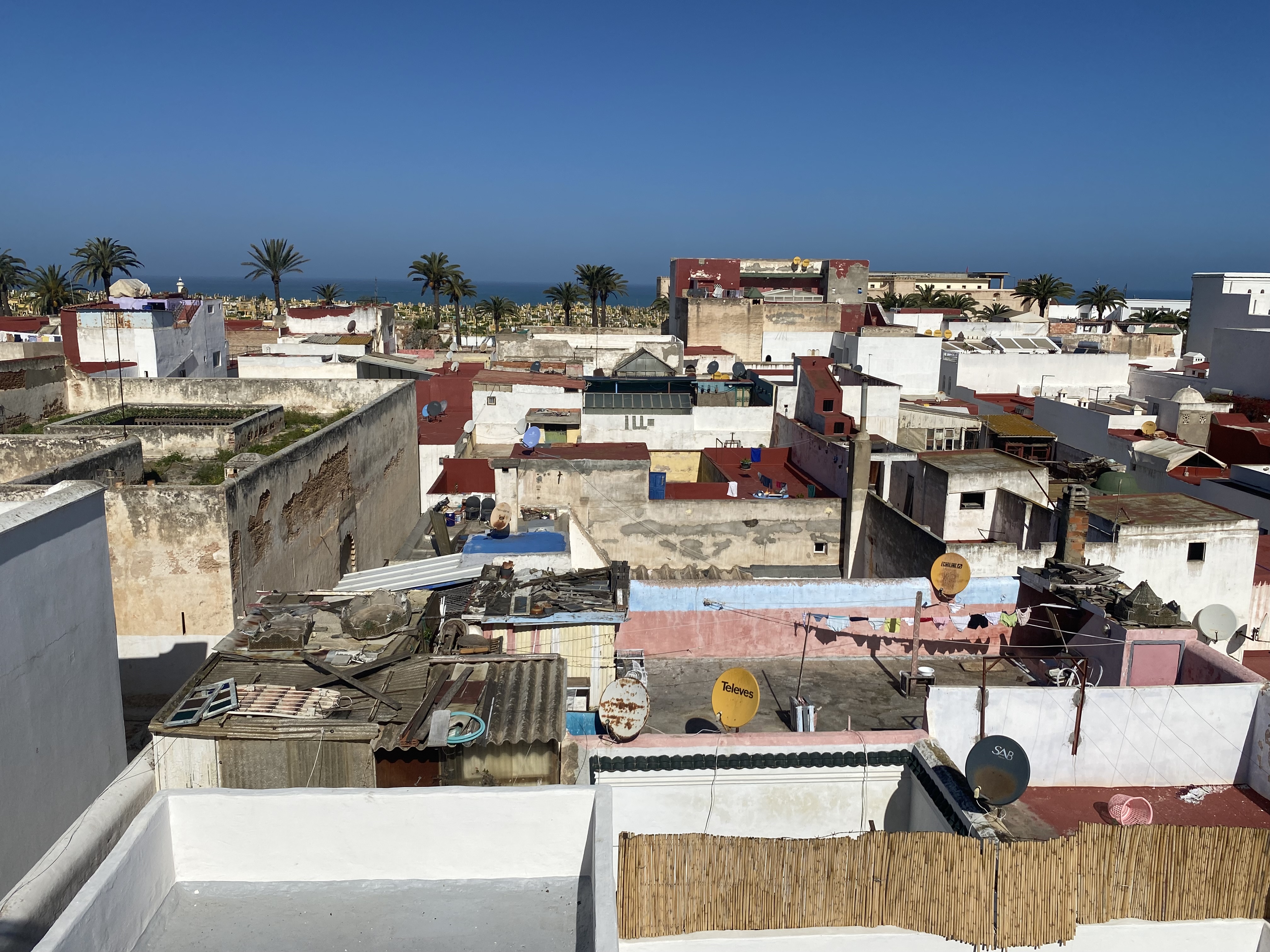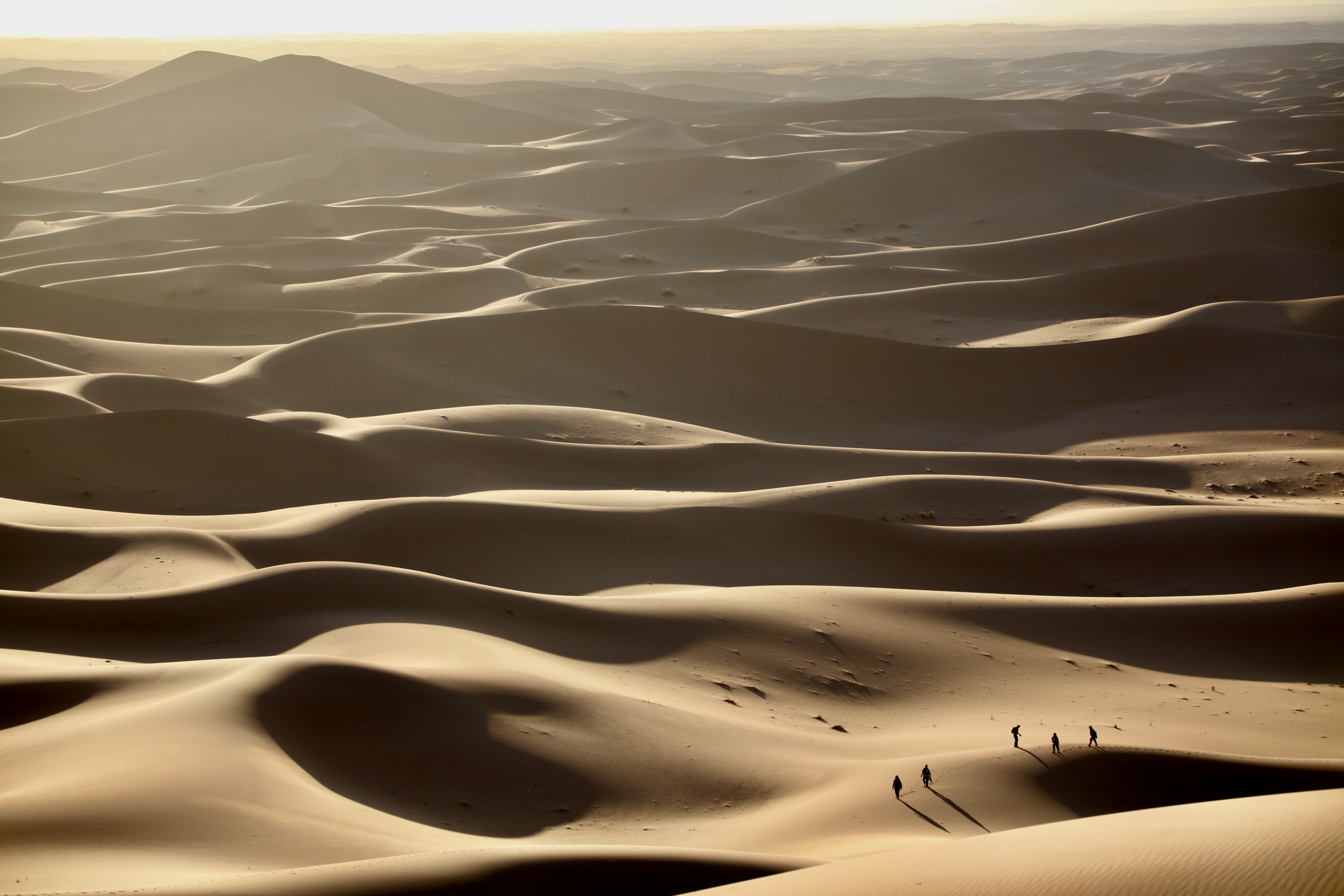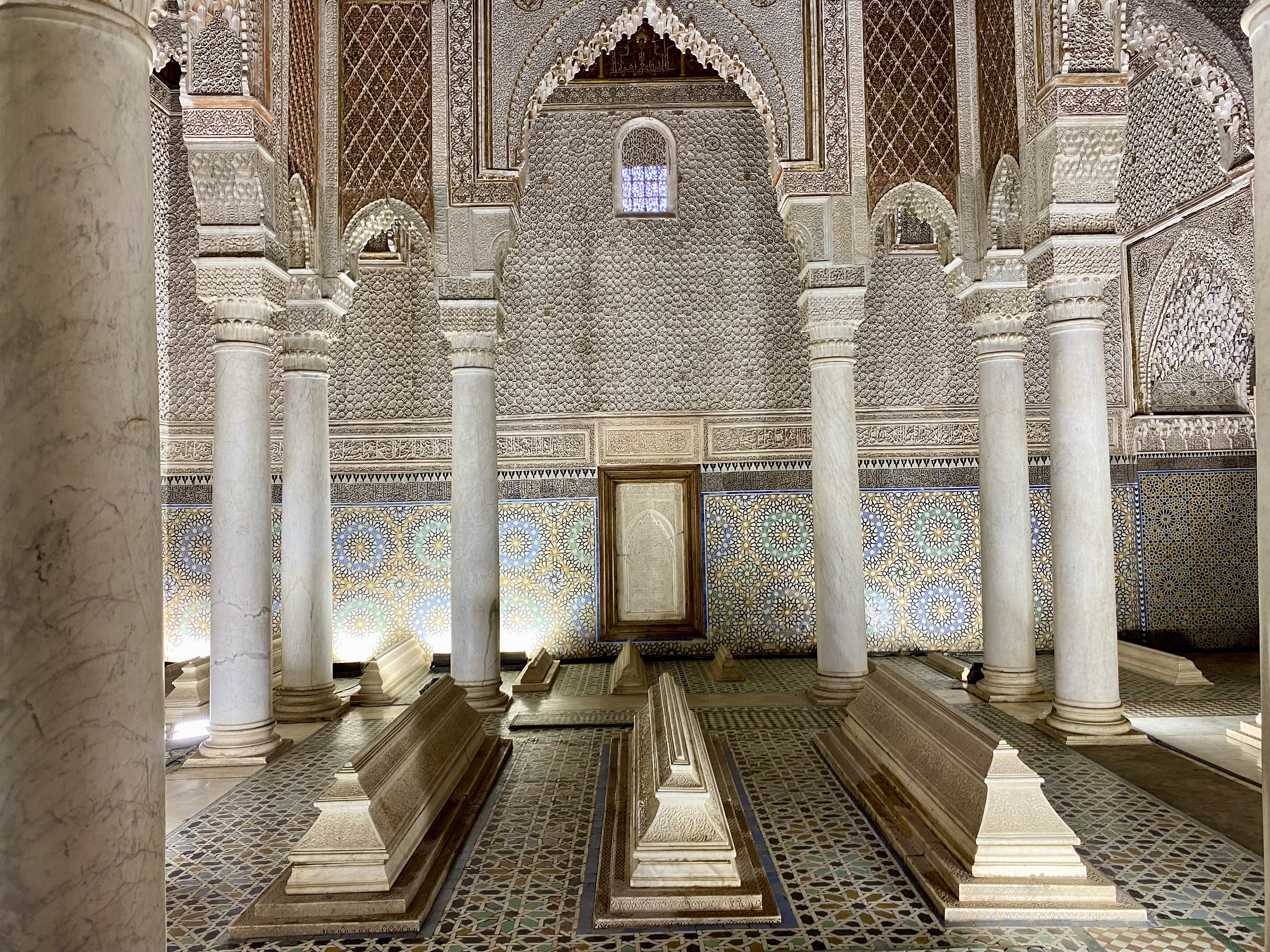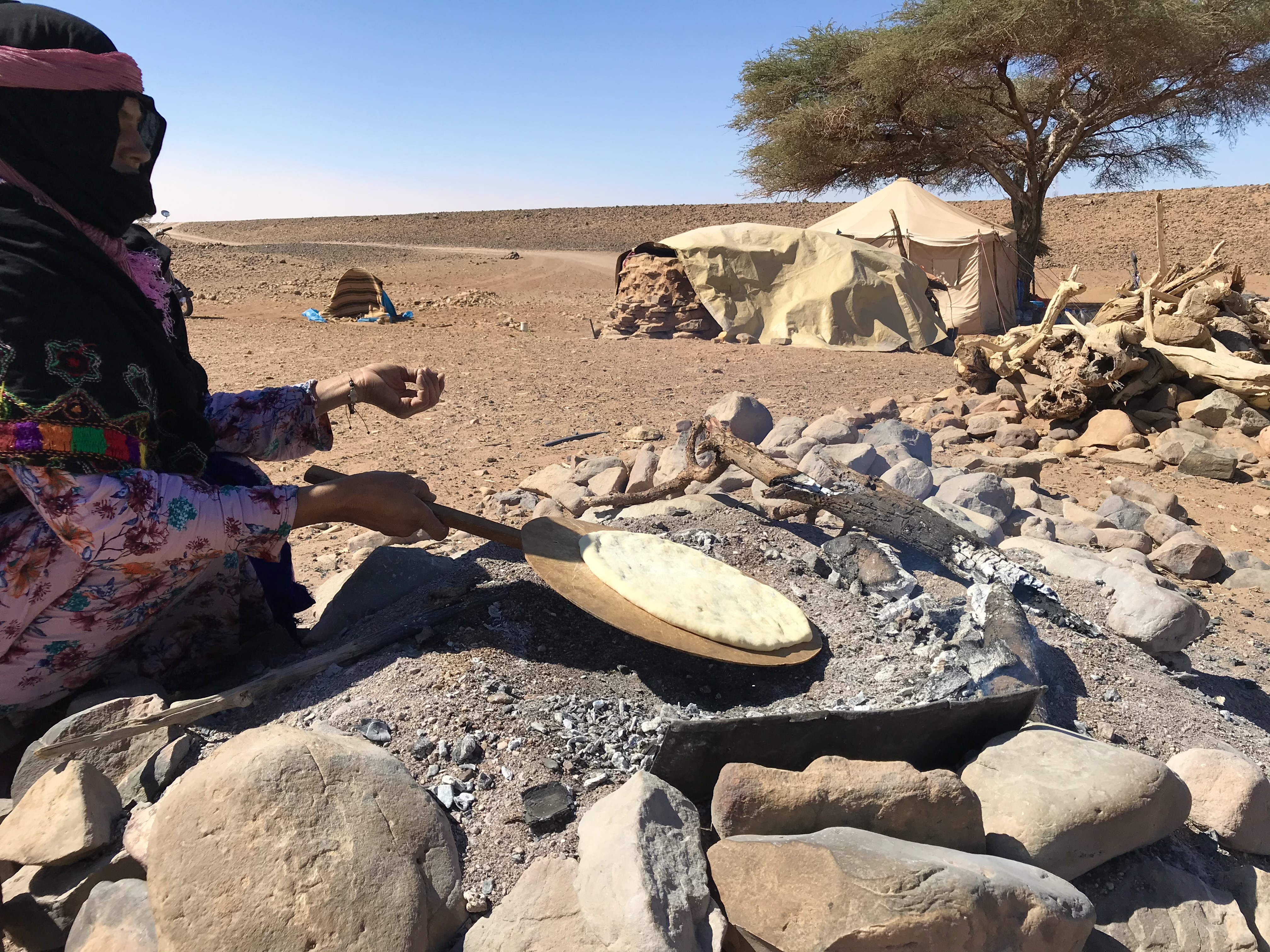The Best of Travel: Morocco
Guided by faith, King and country, Morocco is a family-centric culture with deep rooted values. Even with the globalization of its population, it retains age-old traditions and honors its indigenous people.
A rich cultural heritage, prime geographical location, vast landscapes and a sunny climate are usually what attract travelers to Morocco for the first time. But often it’s the people’s authenticity, warm-hearted hospitality and unbridled generosity that resonate the deepest.
Guided by faith, King and country, Maghreb, the Arabic term for Morocco, is a family-centric culture with deep rooted values. Even with the globalization of its population and fast-development of its cities, the Kingdom of Morocco retains age-old traditions and honors its indigenous people, the Amazigh.
Take time to immerse yourself in the country’s rural areas, where you can share a traditional Moroccan mint tea ritual with mountain or nomadic communities and experience their simple way of life.
Ancient UNESCO sites, historic palaces and crumbling kasbahs, reside alongside modern skyscrapers, international music festivals and luxury resorts – Morocco is a cultural shock for many, a country full of contrasts and surprises.
Keep an open mind and embrace its unique rhythm. Here are a few of our favorite experiences.
1. Medina Meanders
Medina, meaning “city” in Arabic, refers to the many historic centers across Morocco. Designed to be its own ecosystem, a medina is the pulse of the original city, housing everything a Muslim community needs within its walls.
Behind the city ramparts you will typically find a souk (market), a mosque, a fountain, a medersa religious school, a public hammam, a bread oven, residential buildings and many cats and dogs busy keeping the streets rodent free.

Nowadays, many of the traditional homes have been converted to riad hotels, a great way to experience local life in luxury. Nearly all Moroccan cities have a medina – each one has a unique charm. The medina of Fez, one of the largest in the world, is a vast pedestrianized labyrinth of alleys and souk stalls.
Marrakesh’s maze and pink city walls open onto a main square, the Djemaa el Fna, which comes to life at sunset with street-food vendors and live performers.
Essaouira’s medina is painted blue and white and benefits from a cooling Atlantic breeze, as does Rabat’s medina expanding steps away from the coastline.
While the medinas can feel chaotic, it’s worth bearing in mind that each has a system that works when you understand it, when you don’t, it’s easy to get lost. Best to embrace getting lost, or get a local guide.
2. Nature Immersions
Once you’ve had your fill of Moroccan cities, you may feel like escaping to the countryside. Wherever you are in Morocco, you’re never far from a dose of wilderness.
Whilst a large percentage of the country is dry and sandy, pockets of nature are to be found throughout. Natural springs and waterfalls can be visited at Akchour, near the famous “Blue City” of Chefchaouen, as well as Ouzoud, near Marrakesh.
In Paradise Valley, near Agadir, a date-palm filled valley offers gentle hiking trails and refreshing natural pools. If forests and wildlife are more your thing, check out Ifrane National Park, also known as “Little Switzerland,” near Meknes, for colossal cedar trees and a large population of wild monkeys.

In the south, the Souss Massa National Park is home to oryx, gazelles and a large number of bird species – a popular spot for migrating birds passing through in the Winter months.
Hikers looking to summit North Africa’s highest peak can head to Mount Toubkal. Or head to the lesser-known Anti-Atlas for quieter hiking trails, cycling routes, and rock climbing.
3. Desert Escapes
Morocco is home to the world’s largest hot desert, the Sahara, and the desert ways are a huge part of the country’s culture. Nomadic tribes live simply, their life easily packable in order to follow their grazing herd’s need for water.
The desert's influence can be felt across Morocco in its music, clothing, rugs, cooking techniques, and grounded way of being.
A trip to the desert will introduce you to empty spaces, unpolluted skies, bedouin camping, camels in their habitat, and a sense of solitude. If you have time, the Sahara is where you can enjoy endless vistas and seas of giant dunes at Erg Chigaga and Erg Chebbi, but both are a long nine-hour drive from Marrakesh.

If time is short, you can visit the Agafay stone desert, close to Marrakesh – there are no sand dunes here, but it does offer desert camp experiences, star filled night skies, a sense of remoteness, and a chance to learn more about the desert habitat and traditions.
4. Architectural Delights
Morocco’s checkered history can be experienced through its architecture, shaped by a long line of ruling dynasties and external influences.
The indigenous people of the south created mud-built fortresses – kasbahs and simpler ksours – that protected the villages enclosed within clay and timber walls.
Ait Ben Haddou is a stunning example of this style of construction, a well-preserved kasbah close to Ouarzazate.
A surprising number of Roman ruins can be found in the north of Morocco, two well-restored sites include Lixus and Volubilis. Fast-forward a few centuries to the Saadian Dynasty, whose legacy can be seen today in the Saadian Tombs, Ben Youssef Medersa and Badi Palace in Marrakesh.

The Alaouite dynasty, who still reign today, constructed the Hassan II Mosque in Casablanca, using traditional techniques and Moroccan materials such as marble, bronze, ornate zellige tiles and intricately hand-carved wooden doors. This is the only mosque in Morocco that non-Muslims can visit inside.
At the beginning of the 20th century, French and Spanish rule introduced the art deco era. You can experience colonial architecture on the streets of Sidi Ifni and Casablanca. Nowadays, a new modern style is emerging with iconic theaters and skyscrapers being revealed in the capital of Rabat.
5. Coastal Culture
With 3,500 kilometers of coastline, Morocco has a strong affiliation with the ocean, and is one of the world’s largest exporters of canned sardines.
The north coast, from Ceuta to Saidia, is touched by the Mediterranean Sea and offers secluded coves in nature reserves, perfect for swimming and snorkeling, as well as the five star hotel resorts in Tamuda Bay, where infinity pools spill onto soft sandy beaches and a turquoise sea.
The Atlantic Ocean, lapping over the country’s western edge, is cooler and more rugged with a winter swell bringing world-class waves and surfers to its shores.
If you’d like to try, Rabat, Mirleft and Taghazout Bay are home to a high volume of surf schools and beginner to advanced friendly surfing spots.
If you’re more into the wind-fueled watersports, Essaouira and Dakhla offer consistent winds that appeal to windsurfers and kite surfers.

Aside from watersports and sunloungers, Morocco’s coastlines are dotted with charming fishing villages, where you can eat fresh fish caught that day, seasoned and grilled on coals right in front of you.
Tip: Eat fish with your hands like the locals do, it helps to feel the bones.
6. Music to your ears
Music is a key part of Morocco’s culture, it’s one of the most powerful ways for people to express themselves and preserve their cultural heritage.
Music and traditional dancing are central to religious festivals and family celebrations, and no wedding is complete without drumming, strumming and a moving dance floor.
One of the best-known genres of Moroccan music is the Gnawa, which has roots in the 11th century and spirituality. Performed as a series of chants, some songs can last for hours, designed to invoke a trance-like state and offer healing. Gnawa (or Gnaoua) music is celebrated at the annual 4-day Essaouira Gnaoua Festival, attracting up to 500,000 fans!
For a broader range of music genres, the Mawazine Festival, also known as Rhythms of the World, is held annually in Rabat, with international headline acts performing alongside local musicians.
7. Art of Shopping
Few make it onto their return flight home without paying for extra luggage, the temptation to shop in Morocco being so great.
Morocco specializes in hand-made products, created using locally sourced materials and traditional artisanal skills.
You could spend all day playing the haggling game in a souk, where an array of goods draw you into discovering yet another Aladdin’s Cave.

Some shopping highlights to look out for are the leather babouche slippers, regional ceramics, hand-blown beldi glassware, intricate brass lanterns, and hand-woven rugs.
[Photo: Sally Kirby]

Most rugs originate from the mountain villages where women weave their emotions, Amazigh symbols, and stories into the pattern.
Thick wool rugs ones are usually for cooler regions, whilst thinner ones are for the desert where they can be rolled up and easily transported. Worth bearing in mind is that what you cannot buy, you can have made, using locally sourced materials and reasonably priced tailoring services.
8. Culinary Traditions
Morocco’s cuisine is defined by its simplicity, with a focus on shared dishes and family-style dining.
Bread is a staple, in the desert it’s baked in the earth, in the rest of the country it’s sold at bread ovens and shops for one dirham.
You will encounter tagines, the name referring to the earthenware pot in which fish, meat and vegetables are slow-cooked, seasoned with fresh spices and herbs.

Wholesome couscous is a Friday tradition for families getting together after the midday prayers.
If you’re traveling around the country, ask for regional specialties as you go – tangia in Marrakesh, madfouna in the desert, sardines on the coast and pastilla in Fes all offer a different perspective on the rich Moroccan culinary culture.
If you see rfissa on a menu, try it. Few places offer it these days, a delicious chicken and lentil stew seasoned with fenugreek, saffron, and ras el hanout. Wine enthusiasts may enjoy tasting some of the country’s finest wines either at a restaurant or by visiting the vineyards at Domaine Zouina and Chateau Roslane, near Meknes. ||
